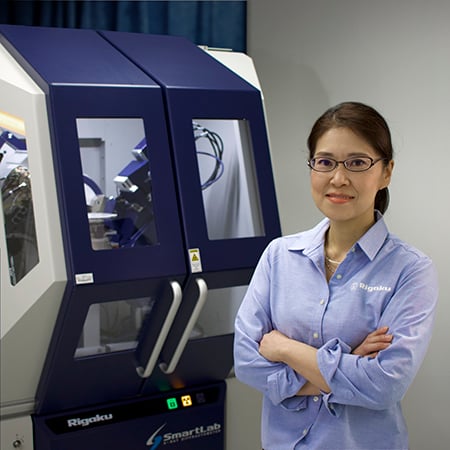X-ray Diffraction (XRD) Products
X-ray diffraction (XRD) is one of the most important non-destructive tools to analyze all kinds of amorphous, powder and crystalline materials. From research to production and engineering, XRD is an indispensable method for materials characterization and quality control. Rigaku has developed a range of diffractometers, in co-operation with academic and industrial users, that provide the most technically advanced, versatile and cost-effective diffraction solutions available today.
Products
Application notes
Explore the example analyses to see which analytical technique is right for you.

Contact Us
Whether you're interested in getting a quote, want a demo, need technical support, or simply have a question, we're here to help.
